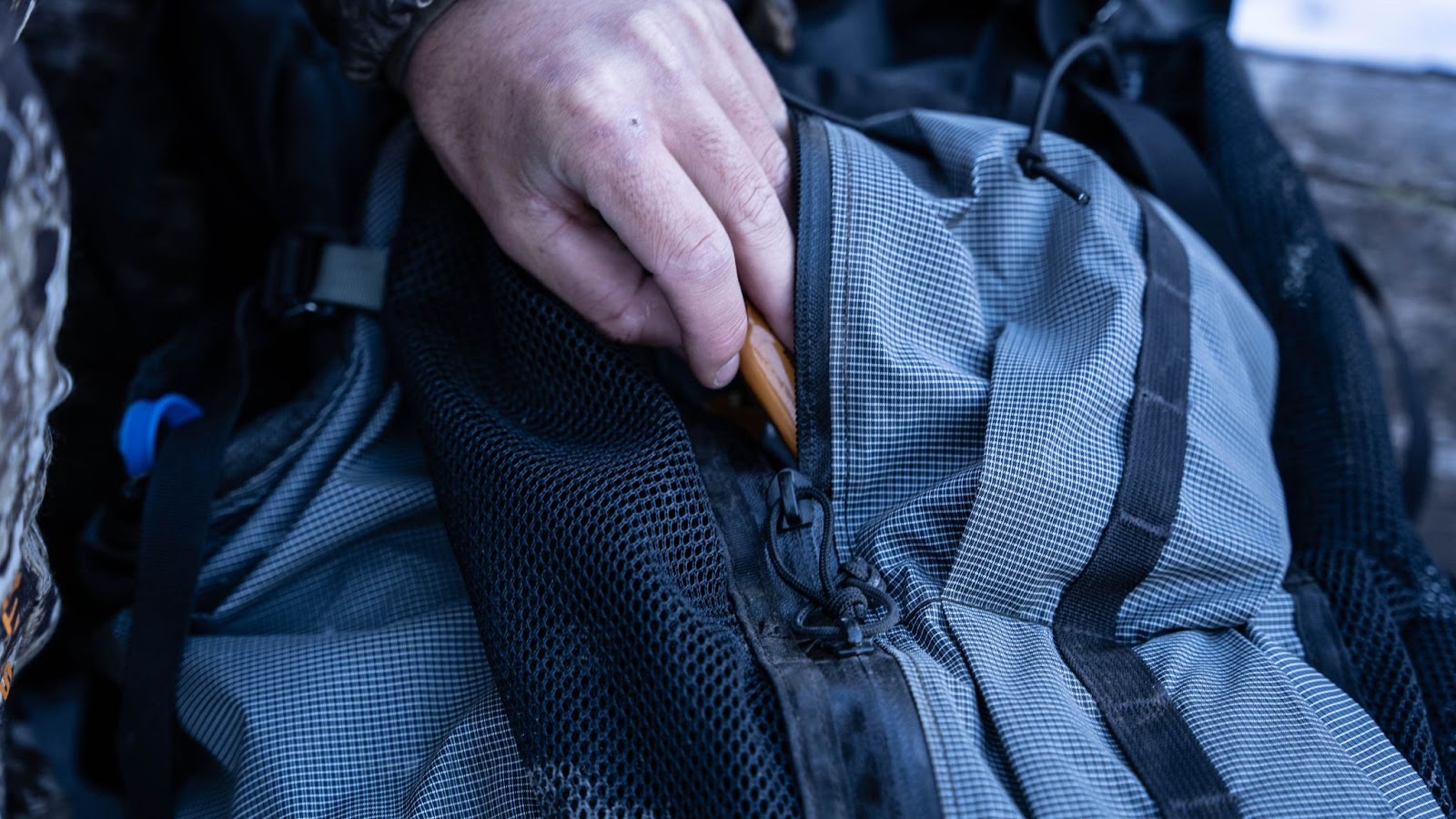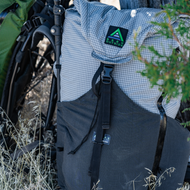The Art of Efficient Backpacking: How to Pack Your Backpack Like a Pro
Posted by Ryan Sapena on 23rd Apr 2024
The Art of Efficient Backpacking: How to Pack Your Backpack Like a Pro
The “Art” of backpacking maybe over sensationalizing it a bit but then again, it may be more than just hyperbole. When you first get into backpacking, you are bad at it. You probably take way too much stuff or not enough. Maybe you hiked a trail beyond what you are capable of but as you do it more you get dialed in and develop your own style. Packing a backpack is something that truly can be an art. To ensure smooth sailing on your next backpacking trip, mastering the art of packing your backpack efficiently is paramount. These principals can also be applied to packing your day pack for longer day trips. Here's a comprehensive guide to help you pack like a pro:
How to choose the right backpacking backpack:
Selecting the appropriate backpack is the foundation of efficient packing. Aside from picking one that is comfortable as well as one that fits, you need to choose one that is the right size. Quick overnight trips may only need 35-50 liters worth of space, whereas a week-long trip may require upwards of 85 liters. This will depend on some of the gear you have and what all you need to take. Some tents and sleeping bags compress down smaller than others and some trips require specific pieces of gear that may not be a part of your usual kit.
Making a backpacking gear checklist:
Before you start packing your bag, always create a detailed checklist of all the gear you want to take. Dividing your checklist into categories such as shelter, clothing, cooking gear, food, and miscellaneous items helps you to notice if something is missing. This will also show you if you are overlapping on certain pieces of gear. While we would all love to have back ups of everything “just in case” this can add unnecessary bulk and weight to your backpack.
Prioritize Items that you may need on the hike in:
Identify the essentials that you'll need easy access to during your hike, such as water, snacks, rain gear, gps, etc. Reserve external pockets, toplids or other specific compartments for these items to ensure quick retrieval without unpacking your entire backpack. I always prefer to do this at home instead of at the trailhead.
Hot Tip: If you are using a water bottle instead of a bladder, consider getting a water bottle holster. Many of these connect to the harness or hip belt and allow for quick access to water bottles.
How to pack strategically
Distribute weight evenly to stabilize the pack while you are hiking. Place heavier items closer to your back and towards the middle of the backpack to minimize strain on your shoulders and hips. This cannot be overstated as it can be the difference between having a comfortable hike in and having to re adjust your pack every 200 steps. Utilize compression straps to secure the load and prevent shifting. Having plenty of compression options is one of my biggest deal breakers when selecting a backpack.
Utilize stuff sacks, dry bags and compression sacks:
Stuff sacks are super valuable for organizing clothing and gear, maximizing space, and keeping items dry. They provide organization and protection to your gear. Compression sacks are great for making gear pieces more space efficient in your pack. Most tents and sleeping bags come with stuff sacks but a lot of the time those items can be made into a smaller package and that’s where compression sacks are useful. When adventuring in wetter climates or on the water, dry bags provide a waterproof compartment to place electronics, clothing and sleeping bags.
Pack Light and pack smart:
Embrace the minimalist mindset by packing only what you truly need. While it is not always necessary to embrace being an ultralight backpacker and cutting the end off of your toothbrush, try to eliminate the non essentials. Leave behind bulky and heavy items and opt for lightweight, multi-functional gear whenever possible. I try to only take duplicates of the things that are essential for safety, like lighters, headlamps, food etc. Cutting 4 oz. out here and there can add up to big weight savings.
Consider the accessibility of certain items
Organize your backpack in a logical manner, with frequently used items easily accessible. Store items like your sleeping bag, pad ant tent at the bottom as usually these are the last items that you will unpack.
Try to keep your water filter and rain jacket in places that are easy to access. Reserve top pockets or lid compartments for the small essentials like sunscreen, lip balm, and sunglasses but try not to overload each pocket as it can make the smaller items harder to find.
Practice load distribution and backpack fit
This is something that is different for everyone. Some people don't want any weight on their shoulders, some people want more room to move their head around.
All packs are slightly different when it comes to how they approach making a comfortable pack. Experiment with different load distribution techniques to find the most comfortable and balanced configuration for your backpack. Adjust straps, hip belts, and shoulder harnesses to achieve a snug fit and evenly distribute weight across your body.
Take out what you take in and leave no trace
Adhere to the old adage of “ Leave it better than you found it.” Black garbage bags are an important part of any backpacking trip. They can provide rain protection, storage and even insulation in a pinch.
Avoid overpacking perishable items or excessively packaging materials that could contribute to litter. A good system that has been widely adopted is to pack a day's worth of food in a zip lock and then put all of the trash in that bag at the end of the day. Pack out all trash and dispose of it properly when you return from your trip.
Re-evaluate and refine: Master the Art of Backpack Packing
Continuously evaluate your packing techniques and gear selection to identify areas for improvement. I tend to take different little items each time, whether it is ultralight string lights, a different water or new clothing. Reflect on each trip to determine what worked well and what could be optimized for future adventures. Adapt and refine your packing strategy accordingly.
Conclusion:
Mastering the art of packing your backpack efficiently is a skill that evolves with experience and experimentation. The perfect set up is probably a pipe dream to some extent but by following these tips and techniques, you can streamline your packing process, enhance your backpacking or hiking experience, and embark on memorable backpacking adventures with confidence. So, pack smart, pack light, and embrace the process.
…